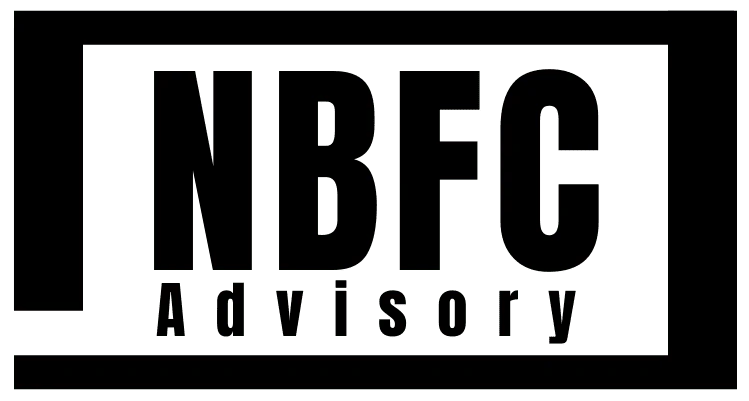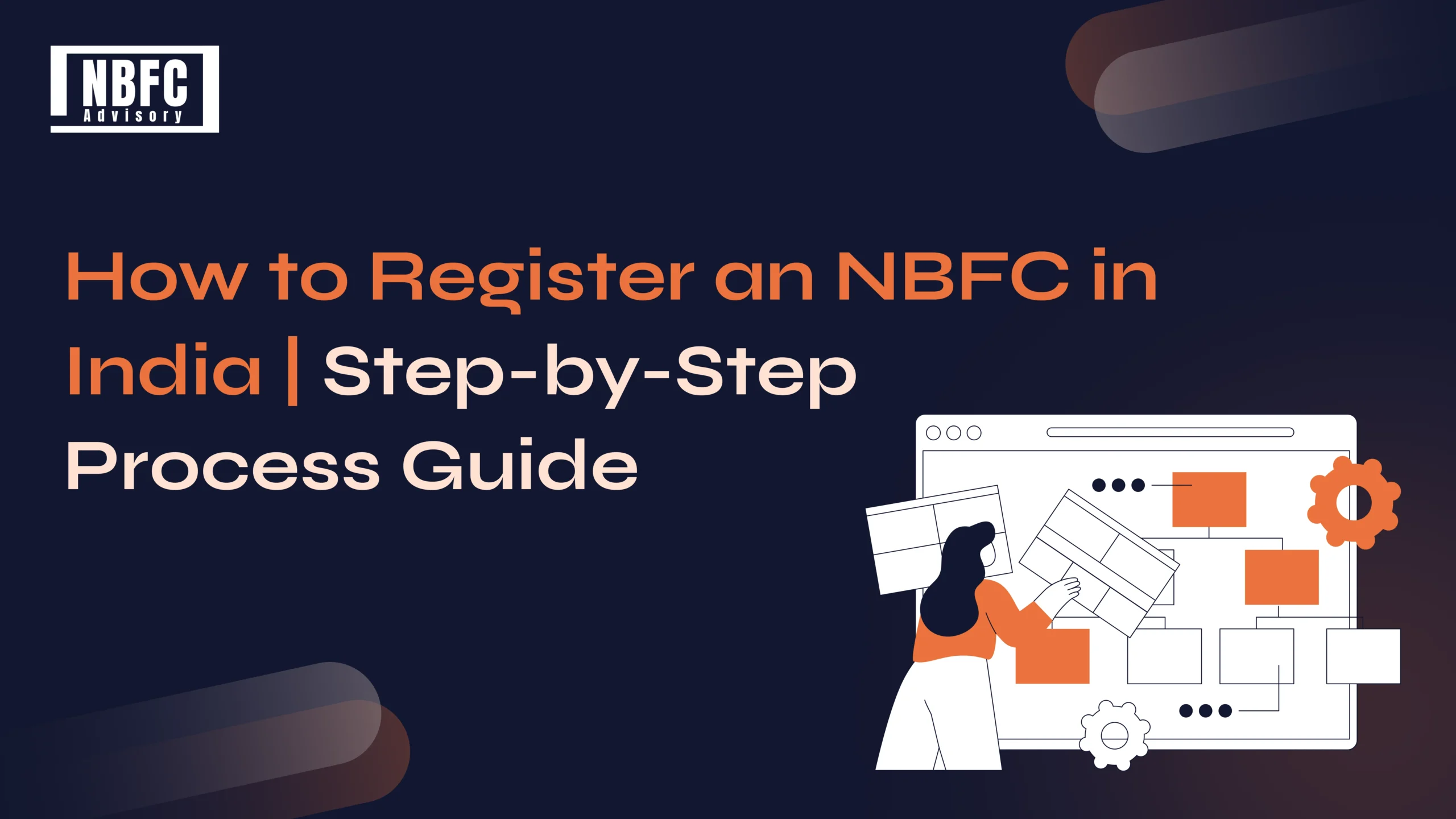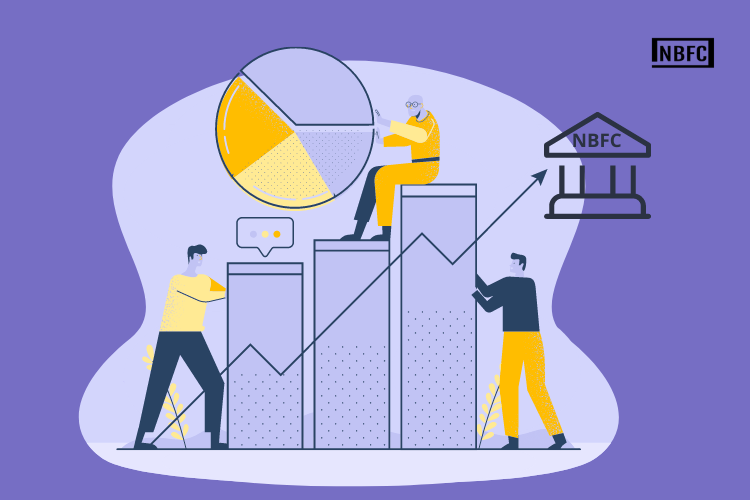Inside This Article
Introduction
The Reserve Bank of India often issues master directions and notifications regarding the working of NBFCs. Hence, it helps NBFC adhere to the public interest and safeguards itself when borrowers fail to repay and restore their financial assets in the event of the same.
The Ministry of Finance, in its Budget Speech dated 24.02.2020, announced that NBFCs with assets worth Rs. 100 crores (instead of Rs. 500 crores) or loans ranging from Rs. 1 crore to Rs. 50 lakhs (instead of Rs. 1 crore) will now be eligible for debt recovery under the SARFAESI Act.
This blog will look at the recovery mechanism and tools regarding NBFCs’ debt recovery.
Objective and Aim of Recovery Policy
In securing debts, recovery policies and debt recovery monitor the fairness and transparency in repossession, valuation, and realization of security — ultimately, making sure it must be compatible with the law. Further, it includes:
- To slippage of accounts with regards to the NPA level of the company and accelerating recoveries in the existing NPAs.
- To take a proactive approach which could involve restructuring loans if it finds that borrower’s intent was positive.
- Update the identification and reporting system to guide accounts showing signs of becoming NPAs.
Compromise and Settlement regarding NPAs are as follows:
- It ensures recovery of dues to the maximum extent possible at minimum expense and within the shortest possible time frame.
- We need to separate willful defaulters from those who default due to uncontrollable reasons.
- In the case of the wilful defaulter, tough action has to be taken; in the latter case, a moderated view will be required.
- When making a settlement, consider how quickly the MFI can reuse funds, especially if recovery takes time or legal steps.
- The settlement only allows if the account has been classified as loss assets. However, in case of genuine reasons, settlement can be made in the case of a Non Performing Assets account too.
How is RBI directing NBFCs regarding the recovery of debt?
Getting back money from people is not easy. It needs regular follow-ups and trained people who know how to talk to customers and collect the money. The reason why RBI has enforced them and what it includes:
- NBFCs must avoid undue harassment toward borrowers. This can include times when borrowers are called at odd hours, treated rudely, or when force is used to recover money.
- That’s why it’s necessary that NBFCs must train their employees to deal with customers without any coercive collection methods.
- Recoveries should happen at a central office. But if the borrower doesn’t come, the recovery team can visit their home.
Read Article: Comprehensive Guide to NBFC Registration in India
Mainly recovery is made through the following aspects:

1. Lok Adalats
The Lok Adalat is one of the alternative dispute redressal mechanisms set up by the government.
2. Debt Recovery Tribunals (DRTs)
The law began in 1993 to help people get their money back faster. Lenders and borrowers could go to special courts called DRTs to solve money-related issues. If they were not happy with the result, they could go to a higher court called DRAT.
3. SARFAESI Act
The SARFAESI Act, made in 2002, was created after the government formed committees to study and give suggestions. This Act aims to reduce the mounting stress on the banks due to the increase in NPAs.
The Act aims to achieve recovery of NPAs in three significant ways, which are the following:
-
Securitization:
Section 7 of the SARFAESI Act allows institutions to raise finances by selling assets or income streams.
-
Asset Reconstruction:
Section 9 of the SARFAESI Act helps banks by reducing the pressure of bad loans (NPAs). When a securitization or reconstruction company takes over these bad loans, banks can recover some money. This lowers the burden of unpaid loans on banks and other financial institutions.
-
Enforcement of Security Interests:
Section 13 of the SARFAESI Act helps to secure creditors and assist in taking possession of the asset.
4. Insolvency And Bankruptcy Code (IBC)
Before the Insolvency and Bankruptcy Code was made in 2016, there were many different laws and systems handling the same issues. This caused a lot of confusion and delays. To overcome these hurdles, the government introduced the IBC.
What Important Things Should NBFCs Keep in Mind When Planning How to Recover Loans?
For NBFCs, recovering loans on time is very important. It helps maintain financial health and avoid rising NPAs (Non-Performing Assets). While designing a recovery mechanism, NBFCs must focus on both effectiveness and fairness. Here are the key factors to consider:
1. Clear Communication with Borrowers
Make sure borrowers understand the loan terms from the start. Clear communication builds trust and reduces chances of disputes during recovery.
2. Maintain Proper Records
Keep all loan-related documents safe and updated. This includes agreements, ID proofs, and payment history. These records are important if legal action is needed later.
3. Well-Trained Recovery Staff
Recovery agents should be trained to speak politely and act professionally. They must follow ethical practices and never use threats or pressure.
4. Follow RBI Guidelines
NBFCs must follow all rules set by the RBI. Recovery should never involve harassment, force, or visits at odd hours. Protecting the dignity of borrowers is important.
5. Use Technology for Better Tracking
Use software and tools to send payment reminders and track due dates. This makes the recovery process faster and more organized.
6. Offer Flexible Solutions
If borrowers are unable to pay due to genuine reasons, offer options like part-payment or rescheduling of loans. It helps in recovering at least some amount and avoids legal battles.
7. Monitor Payments Regularly
Keep a regular check on repayments. Early follow-up on missed payments can prevent loans from turning into NPAs.
8. Choose Recovery Agents Wisely
If recovery is outsourced, make sure agents follow the NBFC’s values and code of conduct. Their actions reflect directly on the company’s image.
Conclusion
A smart and fair recovery mechanism not only helps in reducing bad loans but also builds better customer relationships. NBFCs should focus on clear systems, respectful recovery practices, and quick action on delays to keep their finances healthy.
FAQs
- How does NBFC recover the money?
The NBFC recovers loans in compliance with the SARFAESI Act. The process of taking back, valuing, and selling the security must be done fairly and openly.
- What are RBI guidelines on recovery agents?
NBFCs must make sure that their debt recovery agents do not do anything that could harm the name of the company or the borrower. Agents should not threaten or harass anyone while collecting money.
- Who controls NBFC in India?
The Department of Non-Banking Supervision (DNBS), which is part of the RBI, looks after the rules and checks on NBFCs. It does this under certain sections of the RBI Act, 1934.
How can we help!
Engaging with NBFC recovery loans can be complex and hefty. And this might hamper another crucial aspect related to earning higher ROIs.
At NBFC Advisory, we have over 15 years of experience in guiding businesses. We help you create a strong business plan, set clear steps, and design loan products that can reduce bad loans (NPAs).
With insights and strategic deployment, our team of professionals is a one-stop solution, so you never miss an opportunity.
📞 Call NBFC Advisory: +91 93287 18979
🌐 Visit: nbfcadvisory.com
Read Article: How NBFCs help Small Businesses Scale their Operations






